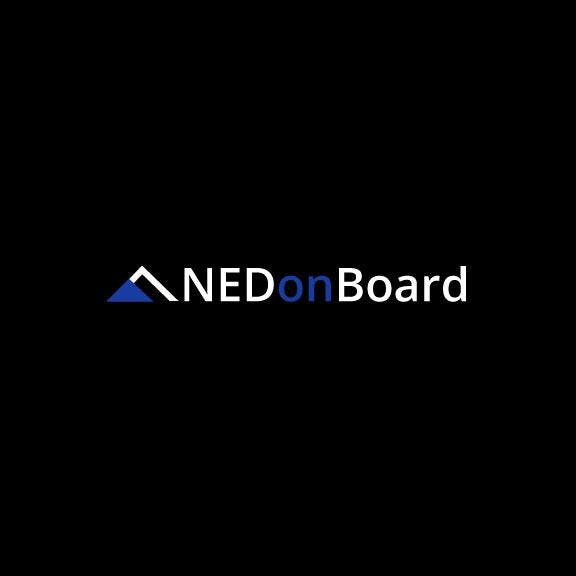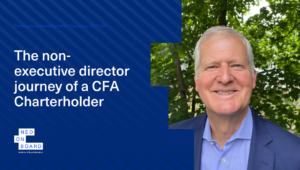This week, the NEDonBoard blog post discusses the differences and similarities between a non-executive director and a lay member.
| Area of Difference | Lay Member | NED |
| Type of Entity | Professional bodies, NHS Entities, Children’s Boards, Bar Standards, universities, House of Commons Committee on standards, tribunals | Companies (ignoring charities that use this title to describe their charity, trustees) |
| Organisational Purpose | Non-profit. Advance a profession and maintain standards. Protect the public | Maximise shareholder value |
| Role | Reflects society’s expectation of professional behaviour | Use business skills to add shareholder value |
| Perpective | Bringing the perspective of an outside constituency often as a representative of service users | Bringing the independent / outside perspective of commercial / financial experience |
| Experience | Board, Chairing etc.. process skills but can come from a different environment | From a related business / professional area |
| Payment | Mostly paid | Always paid |
| Voting rights | Usually, but not always | Always |
| Who appoints them? | The Board / Members / Stakeholders | The Board / Shareholders |
| To whom accountable / loyal? | The organization and people it serves | The organisation / shareholders |
| Type of organization | Non-profit or public sector. No commercial organisations | Mostly commercial companies |
IN COMMON:
Independent. Outsiders. No executive role. Described in negative terms, i.e., “Lay and “Non”. Work part-time in their organisation. Role is to challenge and support.
- A lay member is someone who serves on a board of an organisation that furthers the interests of a particular profession and, not being a member of that profession, brings an outside and independent perspective to enhance its governance.
- A NED is an independent director who sits on the board of a business; a commercial corporate organisation whose purpose is to make a profit. To be clear, there is nothing wrong with seeking to maximise shareholder value when running a business or practising a profession, but the issue is how you go about that in terms of ethical behaviour. NEDs take no independent executive action except in rare circumstances, e.g. whistleblowing. NEDs’ legal status is no different from executive directors.
- Charity: The structure of many UK charities comprises two aspects: a company limited by guarantee registered at Companies House with directors which is also a registered charity with the Charity Commission governed by trustees. The directors of the company are the same people as the trustees of the charity. However, those who serve on their boards are principally there as unpaid charity trustees and best described as such to distinguish them from what I call corporate sector NEDs, who are paid.
Similarly, to avoid confusion, people serving on NHS boards are sometimes called NEDs, but following the analysis in the above table, it is clearer if I describe them as lay members.
Voting rights are not an issue for NEDs because they will be full voting members of their board. This is not always the case for lay members, which is dangerous, because not having a vote undermines their authority and indicates tokenism. There are serious limitations and concerns to being a symbolic lay member. Many organisations require the chair to be a lay member. Others prohibit a lay member from being chair or vice-chair, which is perhaps not so much of an issue because, apart from the perception and message it sends, it is more important to have speaking rights.
So you can have significant impact and influence without a vote thus counteracting the impression of tokenism; the apparent lack of status and authority from not chairing can be outweighed by the freedom to be a critical or persuasive voice. The way you act in your role can ensure you are effective, despite any apparent restrictions in your board’s terms of reference.
Extracts from The Professional Lay Member: An exploration of the role and practical guidance published 2017 by the Professional Associations Research Network
Written by Stephen Ross
Not yet a member? Join your NEDonBoard community here.



